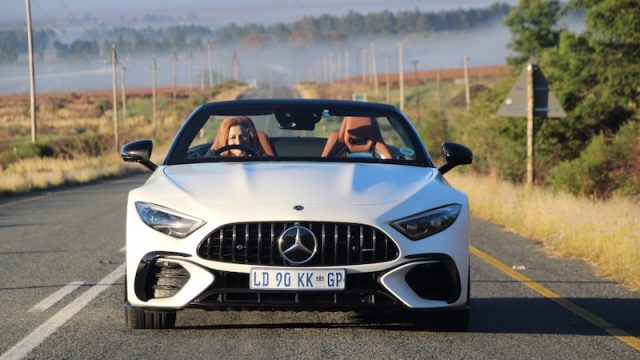Can a four-cylinder Mercedes SL be the real thing? We took the 2-litre Mercedes-AMG SL 43 for a long ride and some ‘ancestor worship’. bahis siteleri
The Mercedes-AMG SL43 marks an evolution in the SL lineage by introducing a four-cylinder engine to a model series famed for its high-displacement powerplants. Notable examples from its heritage include the 6,0-litre V12 in the 2012–2018 SL 65 AMG and the monstrous 7,3-litre V12 that powered the SL 73 AMG between 1995 and 2001.
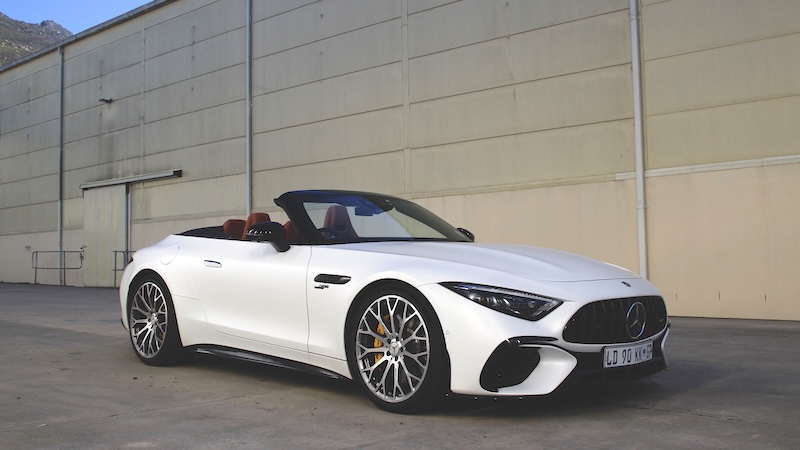
For the latest SL series, Mercedes has returned to four-piston propulsion for the entry-level version. “But that’s sacrilege!” the cult of No Replacement for Displacement might scream. So, let’s take a rearward glance for the sake of clarity.
A little history
Remember the original BMW M3 from 1986? It was powered by a four-cylinder engine. Its successor introduced a six-cylinder, followed by a V8 in the next generation, only for the M3 to return to a six-cylinder configuration once again. Yes, there was outrage from the V8 fraternity, but BMW’s current turbocharged six makes more power than the old V8, and the latest electric motors will eclipse even that.
But let us return to Stuttgart.
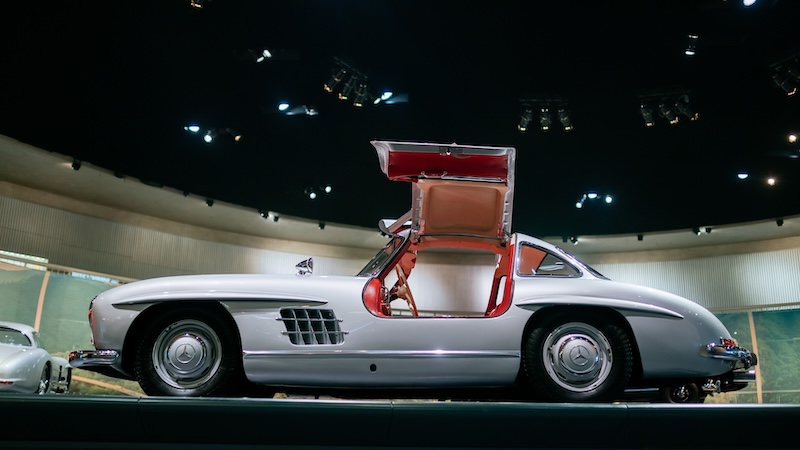
The first SL cars
The Mercedes 300 SL, famed for its iconic Gullwing design (pictured above), debuted in 1954 with a 3-litre, six-cylinder engine. Shortly after, it was joined by the more accessible and straightforward 190 SL, an example of which you can see all over this article.
Using a cheaper, modified sedan chassis and a four-cylinder 1,9-litre engine, Mercedes offered the 190 SL exclusively as a convertible. The 300 SL Roadster, using a modified Gullwing chassis, only arrived in 1957.
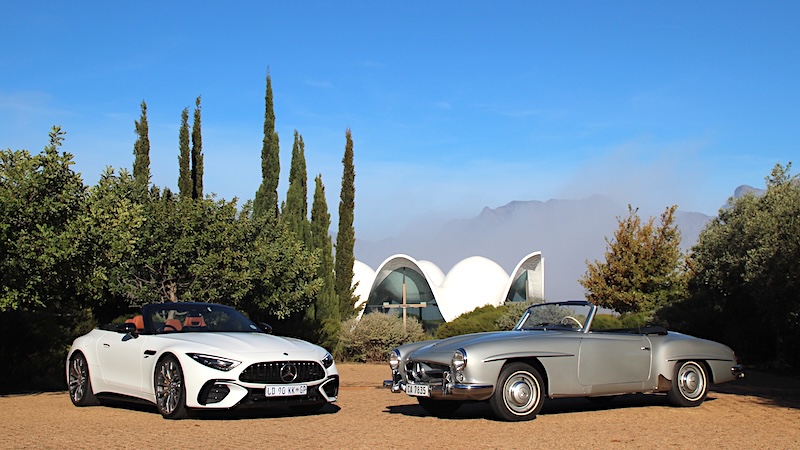
Fours have feelings too
Considering the above, claiming that a four-cylinder doesn’t belong in an SL (or a sporty BMW) is more opinion than fact, as history shows otherwise.
That said, owners of past V8 or V12 SL models may naturally question whether the 2,0-litre engine in the SL 43 can deliver the performance they’ve come to expect. Does it live up to the legacy?
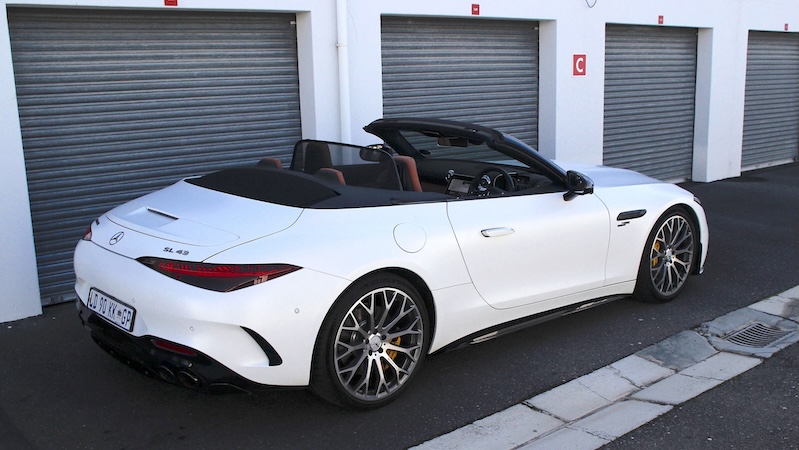
Interior comfort and design
Entering the Mercedes-AMG SL43 reveals a blend of refinement and inconsistency. The cabin exudes an air of luxury, with (optional) brown tan upholstery emitting a fragrance reminiscent of old money. Striking ‘turbine’ air vents and a massive tilt-adjustable infotainment screen add visual interest.
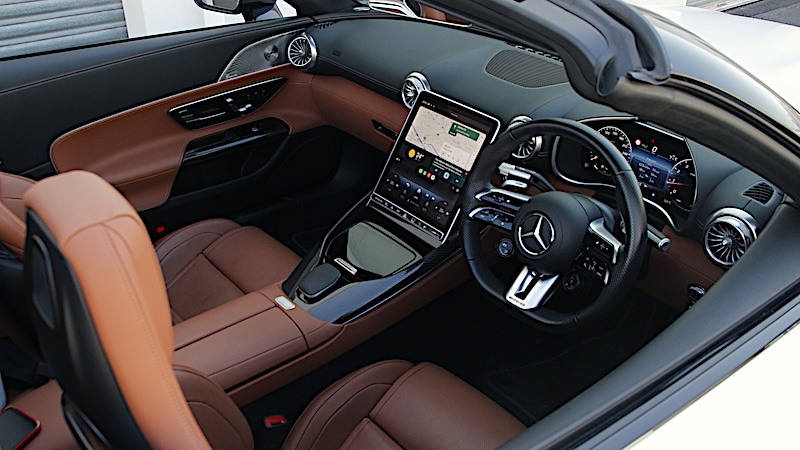
However, the front seat lacks the comfort expected of an SL, feeling more appropriate for a track-focused car. Additionally, the soft-top roof lets in noticeable noise from air rushing over it, falling short of the sound insulation offered by some competitors. Suspension noise also occasionally intrudes into the cabin, detracting further from the overall refinement.
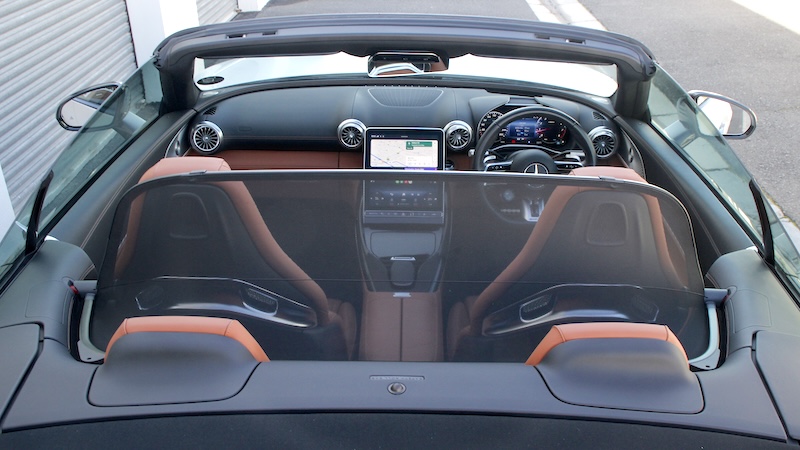
Ergonomically, certain elements disappoint. The seat adjustment buttons lack tactile feedback, making it challenging to discern if inputs are registered.
On a positive note, the Burmester sound system delivered high-quality audio, even at high speeds with the top down.
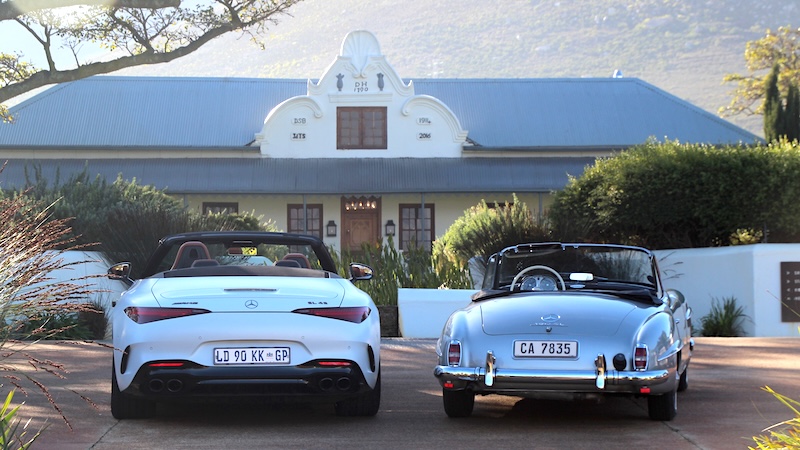
Performance and handling
At the heart of the SL43 lies its 2,0-litre inline-four engine, equipped with an electric exhaust gas turbocharger. It’s a technology derived from Formula 1 and spools up the turbo using electricity before the exhaust gases take over.
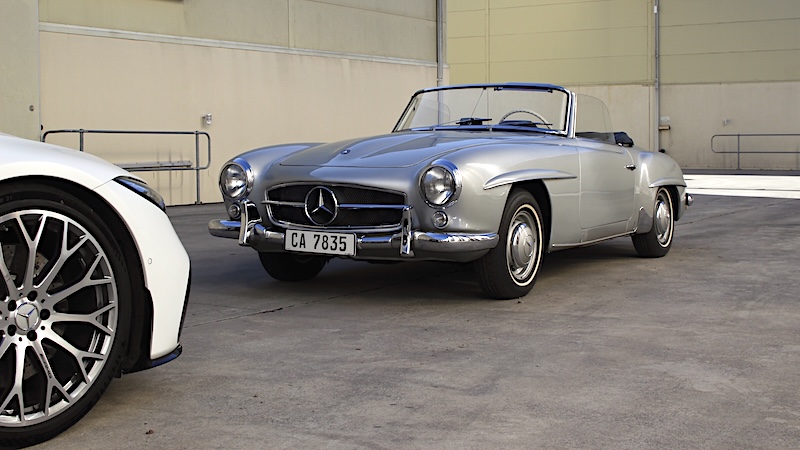
This setup delivers 280 kW and 480 Nm of torque, propelling the roadster from 0 to 100 km/h in 4,9 seconds, with a top speed of 275 km/h, according to Mercedes-AMG.
While these figures are commendable, real-world driving reveals certain challenges. In start-stop traffic, the nine-speed, dual-clutch automatic transmission exhibits a lack of smoothness, resulting in a jerky pull-away. Additionally, the auto start-stop function operates in a somewhat crude manner, detracting from the otherwise refined driving experience.
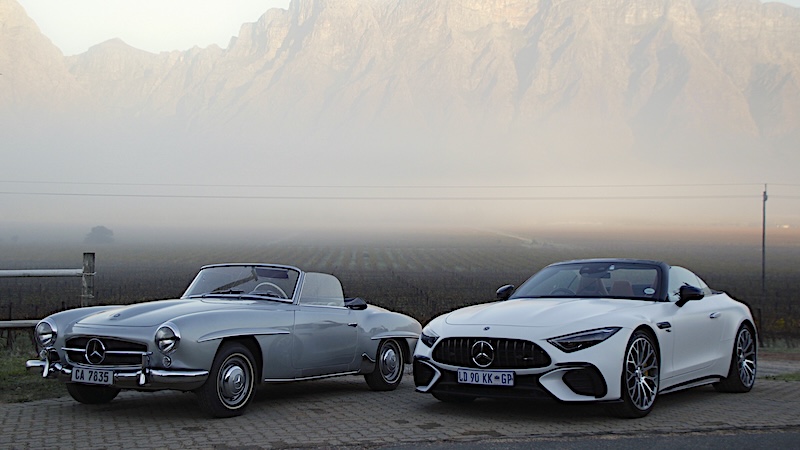
Driving dynamics
In terms of handling, the SL43 can occasionally feel less agile than the ideal, partly due to its substantial weight of around 1 800 kg. While the adaptive suspension works to improve agility, the car doesn’t always feel as light on its feet as some rivals. That said, it offers impressive cornering grip, and the steering is notably precise and responsive.
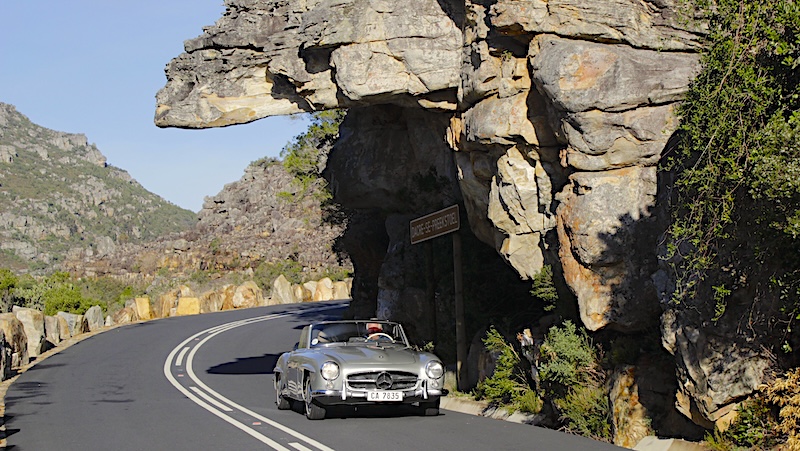
One standout feature is the chassis, which exhibits no flex whatsoever. It’s stiff and rock-solid, a significant improvement over the previous model, which had a tendency to shimmy at times. This refined rigidity makes the SL43 a markedly better car.
Sonorous and sublime
The SL43’s engine and exhaust deliver a captivating soundtrack, especially for a four-cylinder. The engine eagerly climbs through the revs, with the redline beginning at 7 000 rpm. While the thunderous V8s from the Maserati GranCabrio and Jaguar F-Type may still hold the crown, the feisty 2,0-litre in the SL43 sounds absolutely thrilling.
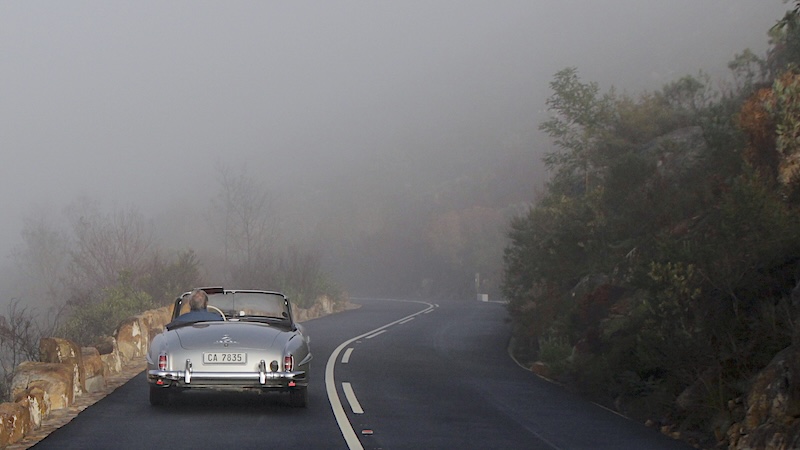
Fuel consumption during my trip averaged around 13,6 litres per 100 kilometres, with a full tank (70ℓ)offering a range of approximately 499 km.
Comparisons
A visit to Rawsonville in the Western Cape highlighted interesting perspectives. The owners of a previous-generation Mercedes-AMG C 63 S sedan (W205) and the classic 1958 190 SL (pictured in this article) noted that the SL43’s engine is “almost more fun than the V8 in the 63 S.” They also observed that the SL43 offers a softer ride, despite the low-profile tyres.
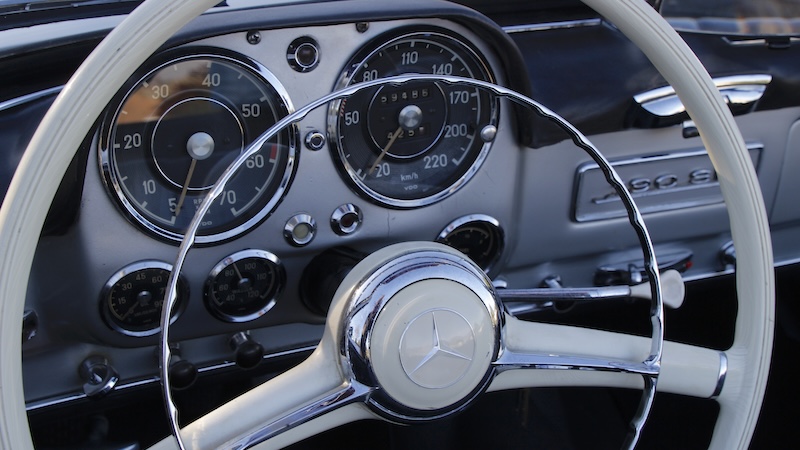
The Mercedes-AMG SL43 is positioned among accomplished rivals such as the Porsche 718 Boxster GTS 4.0, BMW M850i xDrive convertible, and Porsche 911 Carrera cabriolet. While the Mercedes offers a unique style and presence, a Porsche could be a more compelling choice in this price range, though it’s essential to consider the high cost of any Porsche’s optional extras.
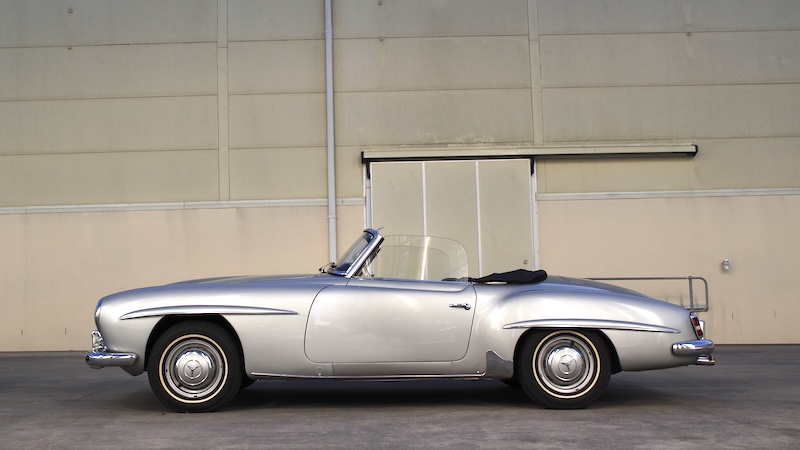
Conclusion
Mercedes-Benz South Africa may opt to introduce the SL 63 or SL 53, as buyers might overlook the SL 43 due to its smaller engine. Personally, I’m a fan of the engine. It infuses the car with a distinct soul, delivering ample power and an engaging soundtrack.
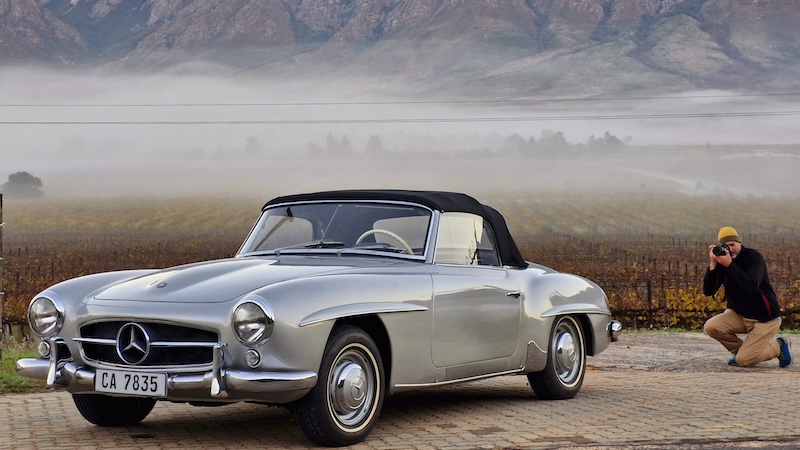
With that in mind, I fully support the move towards smaller engines and innovative solutions like plug-in hybrids, such as the BMW i8. And let’s not forget the fully electric option: the MG Cyberster.

However, issues with transmission smoothness and ergonomics remain. The SL43 and its two-litre engine might pay homage to the classic 190 SL, but it must address these concerns to stand out in a competitive segment.
The Mercedes-AMG SL43 costs R2,6m before options and scores 3 out of 5.
3.0 out of 5.0 stars

